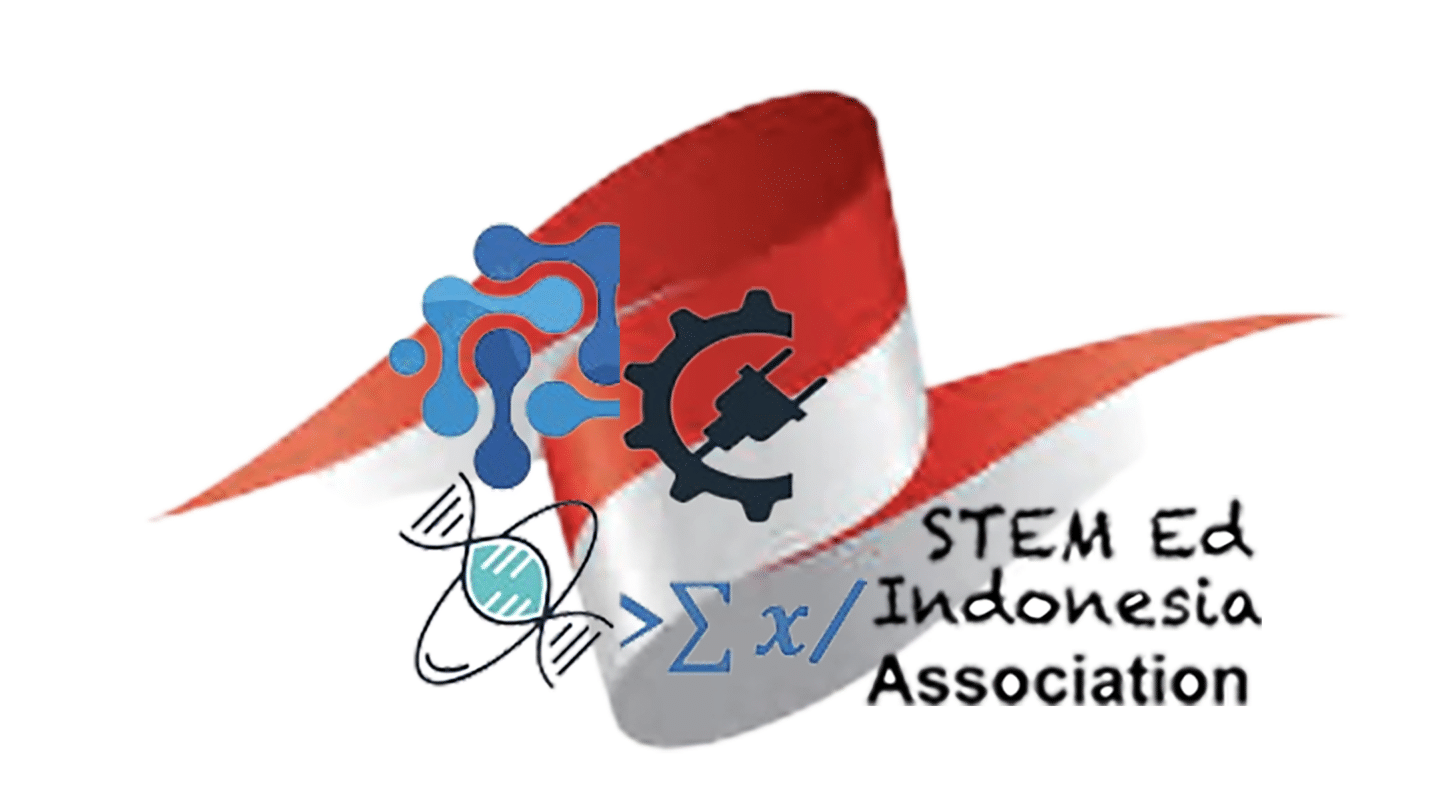A Bibliometric Review of Environmental Education and Literacy from 2010 to 2021
DOI:
https://doi.org/10.70290/jeti.v1i1.9Keywords:
Bibliometrics, environmental literacy, Publish or Perish (PoP), VosViewerAbstract
One’s literacy ability is something that should be considered in the era of revolution society 5.0. Environmental literacy is part of basic literacy that is needed so that everyone has the ability to understand and feel that they are part of the solution to environmental problems. This research is a systematic mapping in the topic of ‘environmental literacy’ based on bibliometric analysis. This study aims to determine the development of citations, core journal publications, number of authors, language statistics, publication trends, author collaboration, trend terms keywords, and country statistics on environmental literacy articles in 2010-2021. Data collection through the software used is Publish or Perish (PoP) to search for bibliographies as initial database on Google Scholar. Meanwhile, the country’s statistical data were analyzed using the Vos Viewer. The results showed that the highest number of citations was 761 citations. In the publication trend, the most publications occurred in 2011 with 120 articles. The most widely used keyword term is ‘environmental literacy’ with a frequency of more than 100.
References
Baneyx, A. (2008). Publish or Perish as citation metrics used to analyze scientific output in the humanities: International case studies in economics, geography, social sciences, philosophy, and history. Archivum Immunologiae et Therapiae Experimentalis, 56(6), 363–371.
Chen, C. (2003). Mapping Scientific: The Quest For Knowledge Visulization. Springer Verlag.
Chen, C. W. K., Chen, C., & Shieh, C.-J. (2020). A study on correlations between computer-aided instructions integrated environmental education and students’ learning outcome and environmental literacy. Eurasia Journal of Mathematics, Science and Technology Education, 16(6), em1858. https://doi.org/10.29333/ejmste/8229
Curdt-Christiansen, X. L. (2021). Environmental literacy: raising awareness through Chinese primary educationtextbooks. Language, Culture and Curriculum, 34(2), 147-162.
Dekeyser, S., & Watson, R. (2006). Extending google docs to collaborate on research papers technical report, 1–11.
Ellegaard, O. & Wallin, J. A. (2015). The bibliometric analysis of scholarly production: How great is the impact? Scientometrics, 105(3), 1809–1831.
Garza-Reyes, J. A. (2015). Lean and green-a systematic review of the state of the art literature. Journal of Cleaner Production, 102, 18–29.
Hallinger, P. & Chatpinyakoop, C. (2018). A bibliometric review of research on higher education for sustainable development 1998-2018. Sustainability, 11(8).
Haske, A. S. & Wulan, A. R. (2015). Development of MOODLE-based E-learning in Ecosystem Learning to Improve Environmental Literacy of Students in the Enrichment Program. XII National Seminar on Biology Education FKIP UNS, 402–409.
Himawanto, H. (2016). Evaluation of sciencedirect publications in the field of energy at Indonesian territory. Journal of Documentation and Information, 37(1), 55.
Hollweg, K. S. Taylor, J. R., Bybee, R. W., Marcinkowski, T. J., McBeth, W. C., & Zoido. (2011). Developing a framework for assessing environmental literacy. North American Association for Environmental Education (NAAEE).
Hudha, M. N., Hamidah, I., Permanasari, A., A. G. Abdullah, I. Rachman, & T. Matsumoto. (2020). Low carbon education: A review and bibliometric analysis. European Journal of Educational Research, 9(1), 319–329.
IQAir Visual. (2019). World air quality report. IQAirVisual.
Kusumaningrum, D. (2018). Environmental Literacy in the 2013 Curriculum and Science Learning in Elementary School. Indonesian Journal of Natural Science Education, 1(2), 57–64.
Lopera-perez, M. Maz-machado, A., Madrid, M. J. & Cuida, A. (2021). Bibliometric analysis of the international scientific production on environmental education. Journal of Baltic Science Education, 20(3), 428–442.
López-Alcarria, A., Poza-Vilches, M., Pozo-Llorente, M., & Gutiérrez-Pérez, J. (2021). Water, waste material, and energy as key dimensions of sustainable management of early childhood eco-schools: An environmental literacy model based on teachers action-competencies (ELTAC). Water, 13(2), 145.
López-Robles, J. R., Guallar, J., Otegi-Olaso, J. R., & Gamboa-Rosales, N. K. (2019). El profesional de la información (Epi): Bibliometric and thematic analysis 2006-2017. Profesional de La Informacion, 28(4), 1–23.
Nasution, R. (2016). Analysis of Environmental Literacy Ability of Class X High School Students in Samboja in Biology Learning. Proceedings of Biology Education Conference, 13(1), 352–358.
NEEF. (2015). Environmental literacy in the united states: An agenda for leadership in the 21st century. National Environmental Education Foundation.
Pendlebury, D. A. (2008). White paper using bibliometrics in evaluating research. http://wokinfo.com/media/mtrp/UsingBibliometricsinEval_WP.pdf
Rahayu, S. & Saleh, A. R. (2017). Bibliometric studies and distribution of research topics in the 2012-2016. Biological Journal. Library, 201–218.
Rohanda, Y. Winoto. (2019). Bibliometric Analysis of Collaboration Level, Author Productivity, and Profile of Information & Library Studies Journal Articles 2014-2018. Journal of Library and Information Science, 3, 1–15.
Russell, J. M., & Rousseau, R. (2015). Bibliometrics and Institutional Evaluation. Encyclopedia of Life Support Systems (EOLSS).
Shukla, A., Sharma, J., S. Kumar, Mahala, A. & M. Tripathi. (2020). Library andinformation science research in India duringthe last four decades 1980 2019. Journal of Library & InformationTechnology, 40(6), 360-368.
Syahmani, S., Hafizah, E., Sauqina, S., Adnan M. Bin, & Ibrahim, M. H. (2021). STEAM Approach to Improve Environmental Education Innovation and Literacy in Waste Management Bibliometric Research. Indonesian Journal on Learning and Advanced Education, 3(2), 130–141.
Tranfield, D., Denyer, D., & Smart, P. (2003). Towards a methodology for developing evidence-informed management knowledge by means of systematic review. British Journal of Management, 14(3), 207–222.
Tupan, T., Rahayu, R., Rachmawati, R., & Rahayu, E. (2018). Analisis bibliometrik perkembangan penelitian bidang ilmu instrumentasi. Jurnal Dokumentasi dan Informasi, 39(2), 135-149. https://doi.org/10.14203/j.baca.v39i2.413
Van Eck, N. J., & Waltman, L. (2010). Software survey: VOSviewer, a computer program for bibliometric mapping. Scientometrics, 84(2), 523-538.
Widuri, N. R (2018). Collaboration rate, Author productivity and article metrics on the journal. Periodic Journal of Library and Information Science.
Downloads
Published
How to Cite
Issue
Section
License
Copyright (c) 2022 International Journal of Educational Technology and Instruction (IJETI)

This work is licensed under a Creative Commons Attribution-NonCommercial 4.0 International License.




